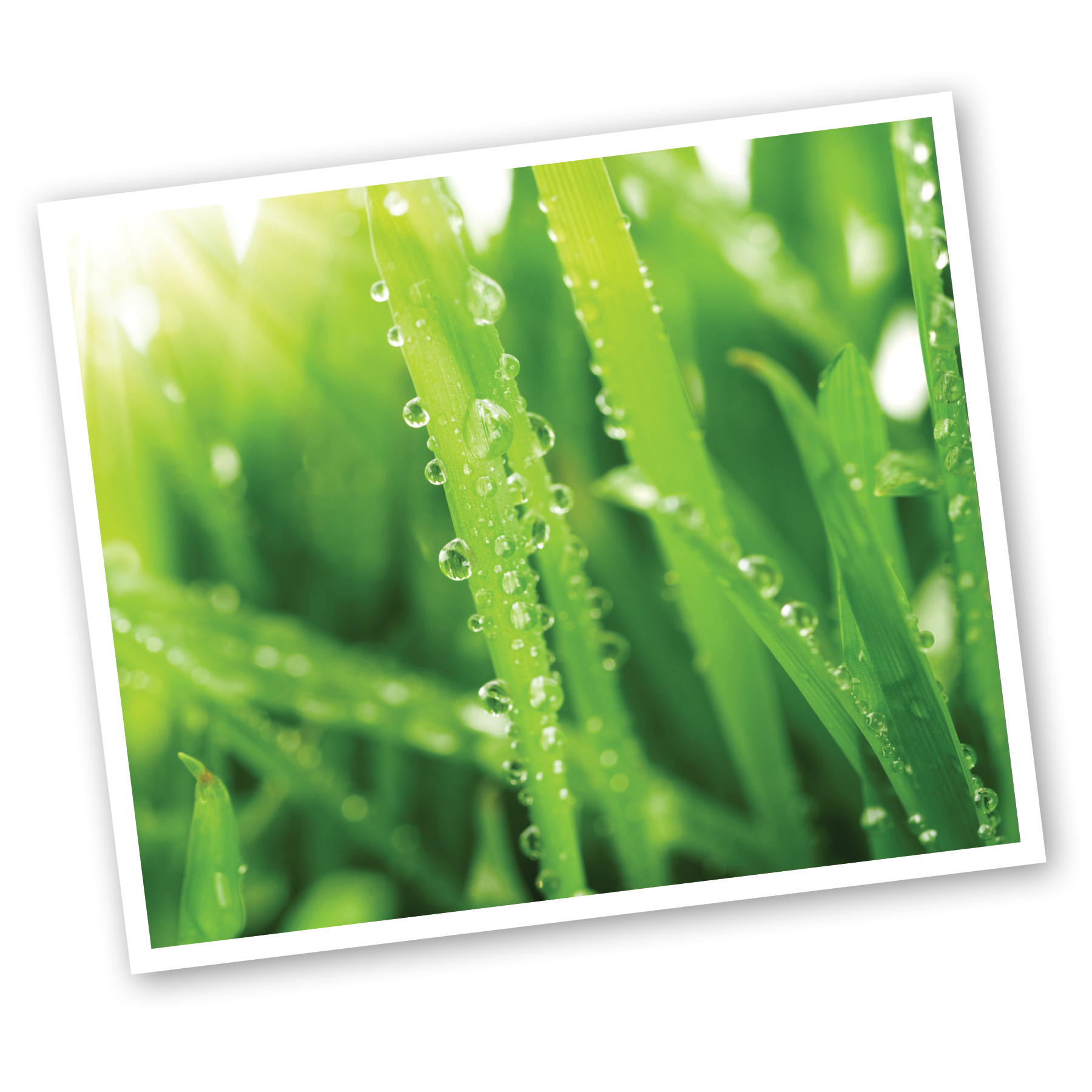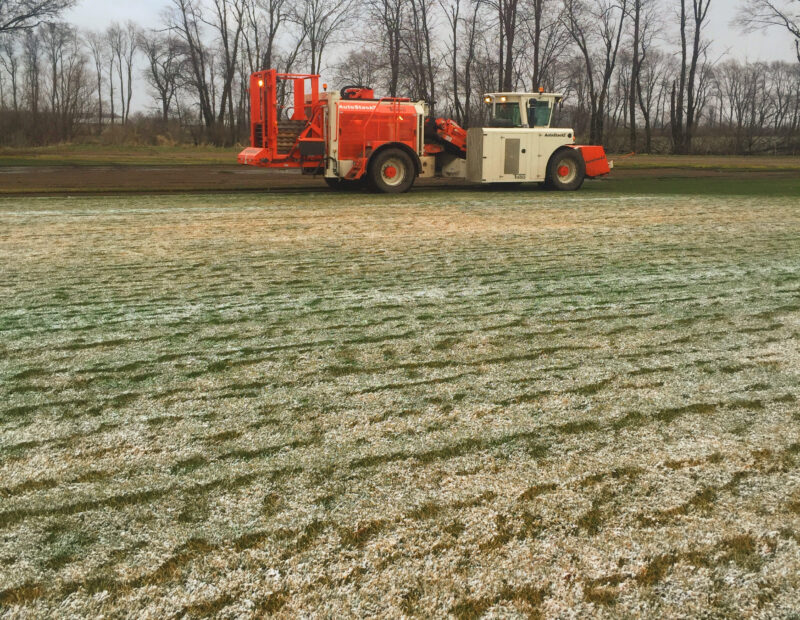
In summary, by over-watering you waste money, stress plants, causes ground water pollution, create more weeds to fight, and make a poorer-looking lawn.
Grass plants do not need and cannot use this much water!
Watering your mature, healthy lawn every day or every other day is the definition of over-watering and is wrong no matter what other people tell you or what your neighbors do.

In summary, by over-watering you waste money, stress plants, causes ground water pollution, create more weeds to fight, and make a poorer-looking lawn.
Grass plants do not need and cannot use this much water!
Watering your mature, healthy lawn every day or every other day is the definition of over-watering and is wrong no matter what other people tell you or what your neighbors do.

Updated 12/5/25
Red Hen Turf Farm’s
2025 Sod Harvesting Season
has OFFICIALLY ENDED
as of 12/5/25
due to SNOW / Precipitation and Unfavorable Field Conditions.
We had hoped to keep going until 12/19/25, but Mother Nature did not get that Memo, apparently :)
* * *
If you’re reading this in early 2026 and wonder when we might start back up again, a quick call will confirm our
SOD HARVEST FORECAST
– 574-232-6811 –
is the number to call.